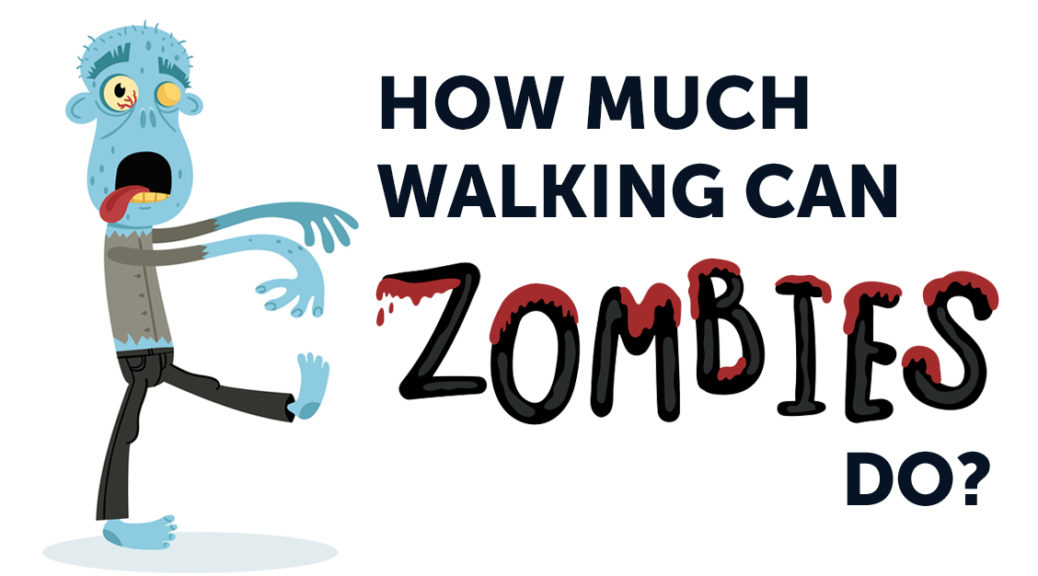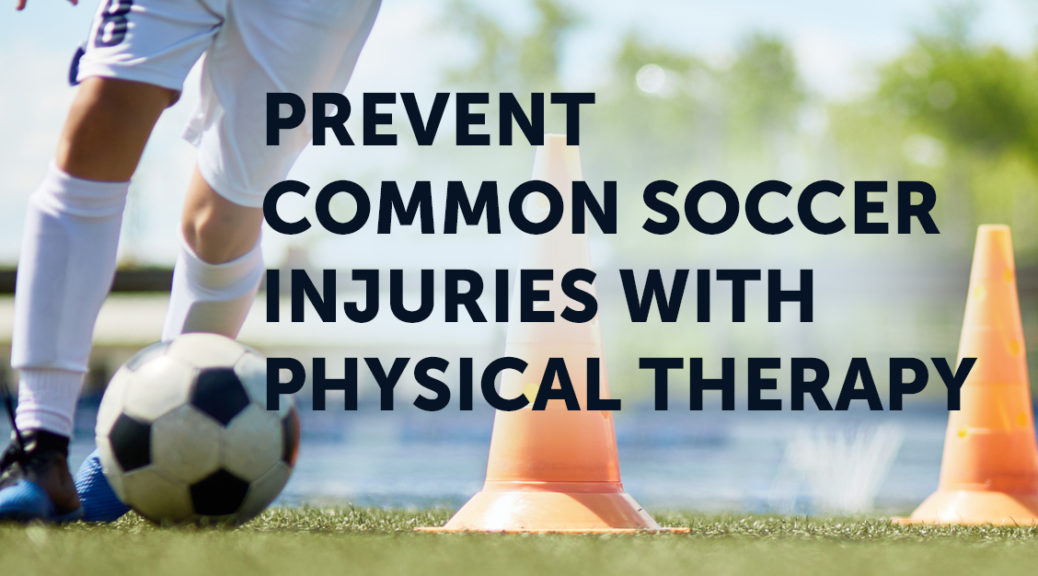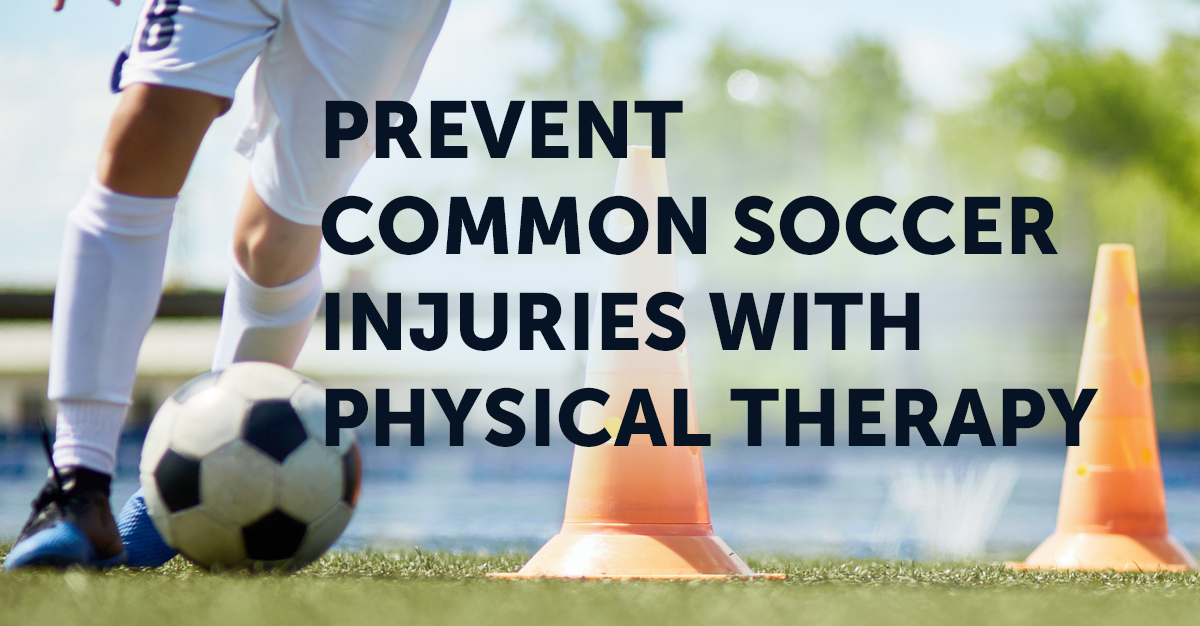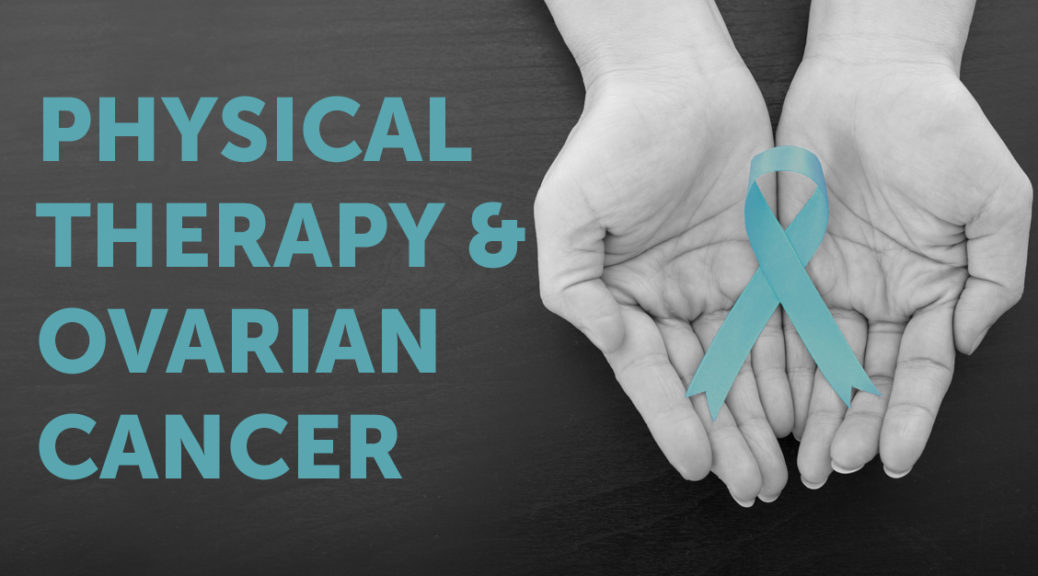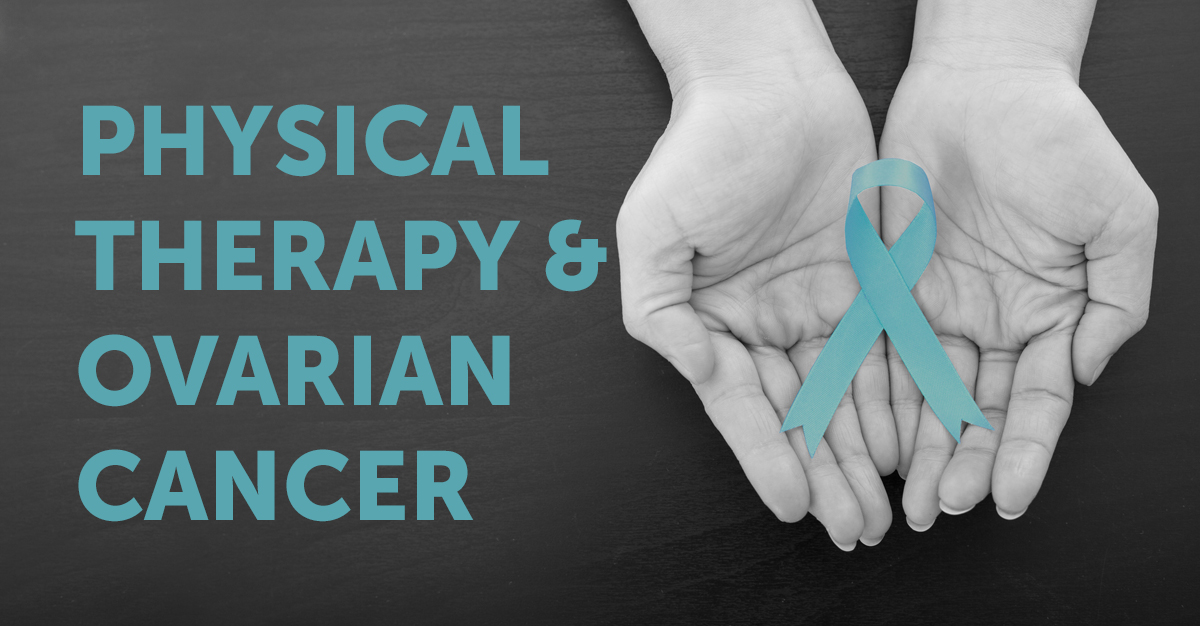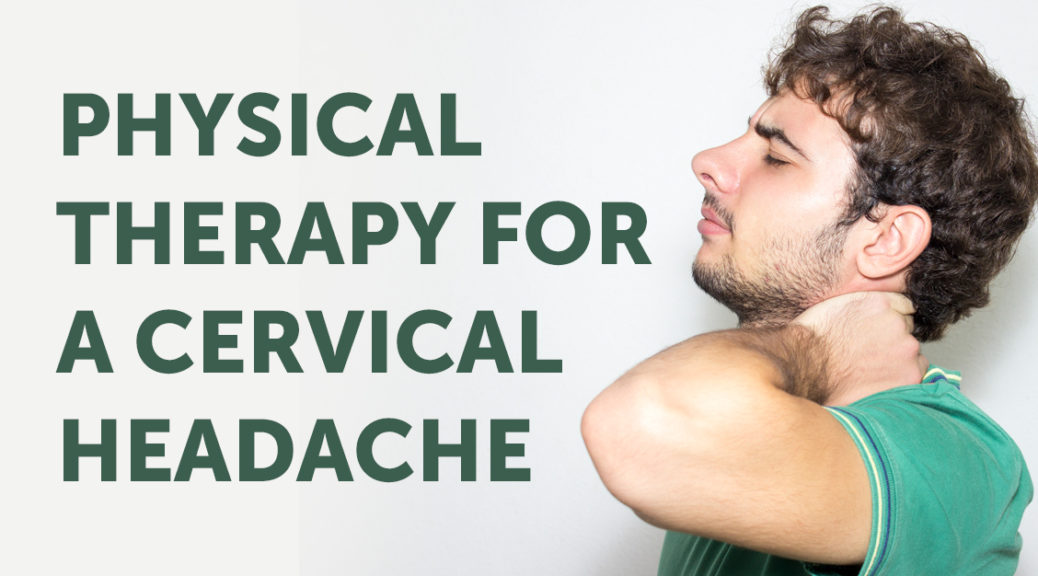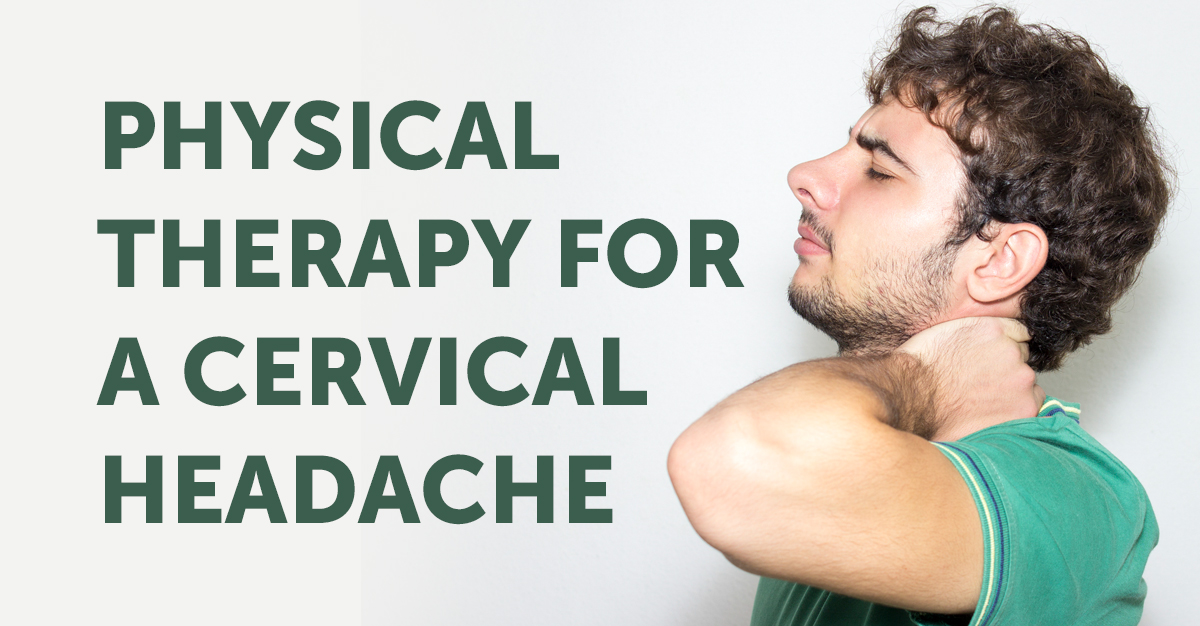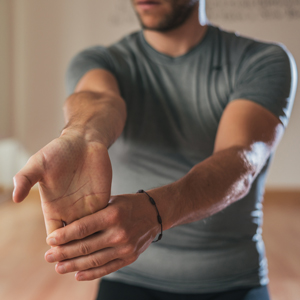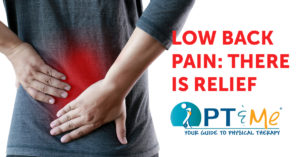
Injuries are a byproduct of sports, no matter if you are a professional athlete or just a sports enthusiast. You may go to extra lengths to prevent them and avoid the pain and trouble, but prevention can only go so far when you’re trying to achieve performance. Depending on the type of physical activity that you are engaging in, some injuries might occur more often than others. In this article, we will be talking about the most common of them and also, what to do to avoid suffering from them.
1. Ankle Sprain
Scary official numbers tell us that every day, about 25.000 people end up spraining their ankle in the United States. This is probably the most common injury among people of all ages. However, it doesn’t necessarily result from playing sports. It can also happen while you’re walking on the street or walking down some stairs. Nevertheless, the problem with ankle sprains resulted from playing sports like basketball, soccer, tennis or volleyball is that they can be more serious because of the increased force and speed at which the injury occurs. Naturally, this means that the time needed for recovery is longer and the treatments costlier.
Ankle sprains have three degrees of severity, according to doctors:
- Grade 1: Minimal damage to the ligaments, just some slight stretching;
- Grade 2: A loose ankle joint and partial tearing of the ligament, more pain is involved;
- Grade 3: The most severe case, very unstable ankle joint, a complete tear of the ligament.
The good news is that an ankle sprain is preventable if you truly want to avoid going through all that trouble and pain. Here are a few tips:
- Practice ankle strengthening exercises and stretching before every exercise session;
- If you’ve had a sprain before, always wear preventive braces before and while playing sports;
- Practice balance training regularly so that your ankle will become stronger and your body will gain more control over various types of exercises and positions;
- Wear proper footwear for the surface you’re exercising on and for the sport, you’re practicing.
2. Shoulder dislocation
Shoulder dislocation is also among the most common injuries that you can get. It usually occurs when your upper arm bone goes out of the shoulder socket where it should normally stay. This kind of injury is often caused by a nasty fall, a tackle in football for example, or by any other type of strong collision. Apart from football, rugby and hockey are the two other high contact sports where shoulder dislocations occur most frequently. However, surfers, tennis players, weightlifters, and cyclists can also suffer from it, but not as frequently.
A dislocated shoulder is a very visible problem, as you will immediately notice the deformed shape it will take after an injury, and you will feel a lot of pain. If you’re lucky, your arm bone might go back into the shoulder socket on its own, but if it doesn’t do that, a doctor is the only one who can fix your problem. Thankfully, you can also prevent your shoulder from becoming dislocated:
- Do strengthening exercises for your rotator cuff muscles so that you can decrease your chances of a shoulder dislocation;
- Wear a shoulder brace or some kind of support while doing physical exercise or playing sports, especially if you have suffered from a dislocated shoulder before;
- Invest in a resistance band and use it for exercises. Also, do some push-ups and shoulder shrugs to avoid a shoulder dislocation.
3. Knee Sprain
A knee sprain resulted from physical exercise is very similar to an ankle sprain. It happens when the ligaments in the knee become either stretched, partially or completely torn. The four ligaments in your knee that can be affected by a knee sprain are the anterior and posterior cruciate ligaments, and the medial and lateral collateral ligaments. People or professional athletes who play football, soccer, and basketball, as well as cyclists, tennis players, and runners often end up suffering from knee sprains. Often, this injury is the result of an abrupt directional change or a hit to the knee area from either side of it. There are a few ways in which you can avoid this very common injury. Here are some of them:
- If you maintain your body weight under control and don’t go overboard you are less likely to injure your knee in any way because they won’t have to sustain so much pressure;
- Warm-up before your exercise session by biking, jogging, or walking;
- Strengthening exercises for your quadriceps, calf, and hamstring muscles will also help you prevent knee sprains.
4. Lower back injuries
Most people are affected by lower back injuries at one point in their lives, no matter if they’re professional athletes or not. However, people who play a sport or are physically active usually end up with common back strains. Those are, in fact, a group of injuries that affect the soft tissue of the spine like ligaments, muscles, blood vessels, and tendons. There are many causes of back strains like obesity, trauma, poor posture, etc. Even lifting something heavy or moving suddenly can cause such an injury. Here is how to prevent a lower back strain:
- Stretching helps a lot in these cases. So, if you have a sedentary job, try to get up as often as possible and walk around;
- Spine and lower back muscle strengthening exercises can help a lot when it comes to preventing injuries;
- Always warm up your back before doing any type of exercise. Also, after your routine, apply some ice on your lower back area in case you feel it sore or tight.
5. Hamstring strain
A hamstring strain is definitely one of the most common sports injuries and regardless of what sport or type of physical activity you have done, you most likely suffered from it. The biggest problem with it is that it can last for a very long time, and sometimes, you carry it for your entire life. Stopping suddenly can cause a hamstring strain, as well as running and jumping. In most cases, it’s caused by failure to warm up before routines, and poor flexibility and balance. However, there are a few things that you can do to avoid and prevent it:
- You always need to properly warm-up before doing any kind of exercise;
- Massage your hamstring before starting your routine;
- Strengthen your quadriceps and glutes to relieve the pressure off your hamstring.
Conclusion
All in all, it seems that certain injuries resulted from various types of sports and physical exercises are very common among people of all ages. Fortunately, there are certain things that you can do in order to avoid them. The truth is that certain injuries are sometimes unavoidable no matter how hard you try, but just a bit of precaution might go a long way.
This guest post was written by Benjamin Holeman, an amateur pickleball player and a writer for toppickleballpaddle.com.
He thinks that sport has many benefits and that’s why he wants more and more people to play sports.


